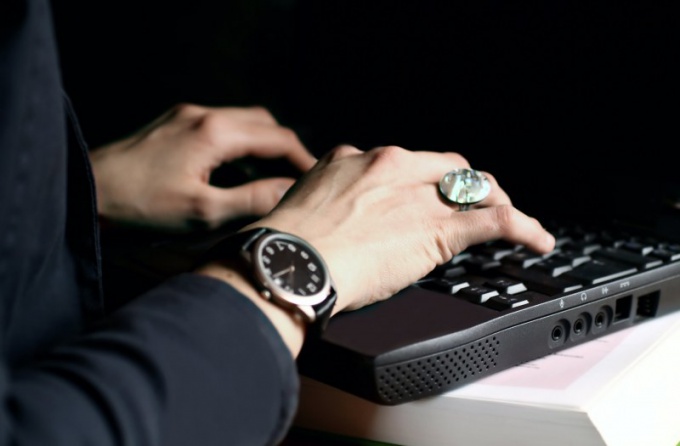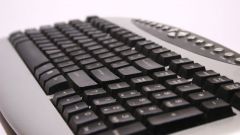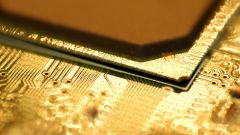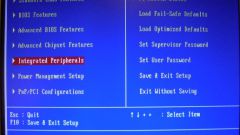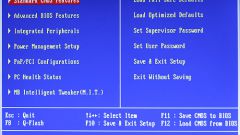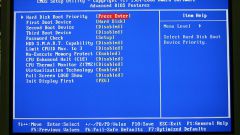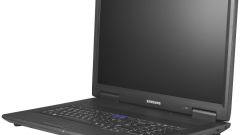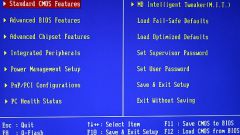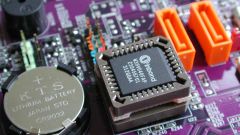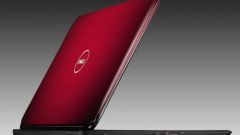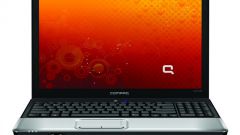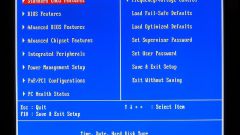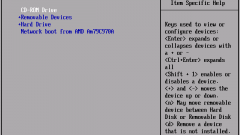You will need
- - laptop with Internet access;
- - flash drive.
Instruction
1
Download connecting file and flasher (the program for the firmware) for your model laptop. Typically, these files are in one archive. Unzip the archive and run the file with the extension .EXE.
2
In the opened on the screen the dialog box, click Browse, then select connecting file and click the Open button. Then click on Flash BIOS will begin the flashing of the BIOS and then reboots the laptop.
3
Note: the BIOS can be flashed from Windows and from DOS. Before updating BIOS from Windows, you need to close all running on laptop programs, disable antivirus, and disconnect laptop from the network and the Internet. Flasher should be in the same folder as the connecting file.
4
Run as administrator Winflash64 or Winflash. Then make a backup BIOS (backup), then click on the Advanced button and proceed to the firmware.
5
To flash the BIOS from DOS, prepare the Crisis Disk. To do this, create a bootable USB flash drive: write on it connecting file and flasher. Then run the flasher phlash16/x/c/mfg/mode=3my_bios.wph: start stitching.
6
In the case of a failed firmware BIOS (not boot the operating system, blinking lights, laptop makes unusual sounds, etc.), use the Crisis Recovery Mode and try to restore the BIOS. As a rule, the resuscitation succeeds (with the exception of those cases when the firmware is corrupted BootBlock BIOS).
7
To revive the badly flashed chip, will need a programmer, so in this situation, you should contact the service center.
Note
Utilities for flashing and flashers download from the official websites of manufacturers!
Useful advice
Set the BIOS firmware needs to be created specifically for the motherboard of your laptop. To identify the exact model of the motherboard you can use the Get BIOS Info.
